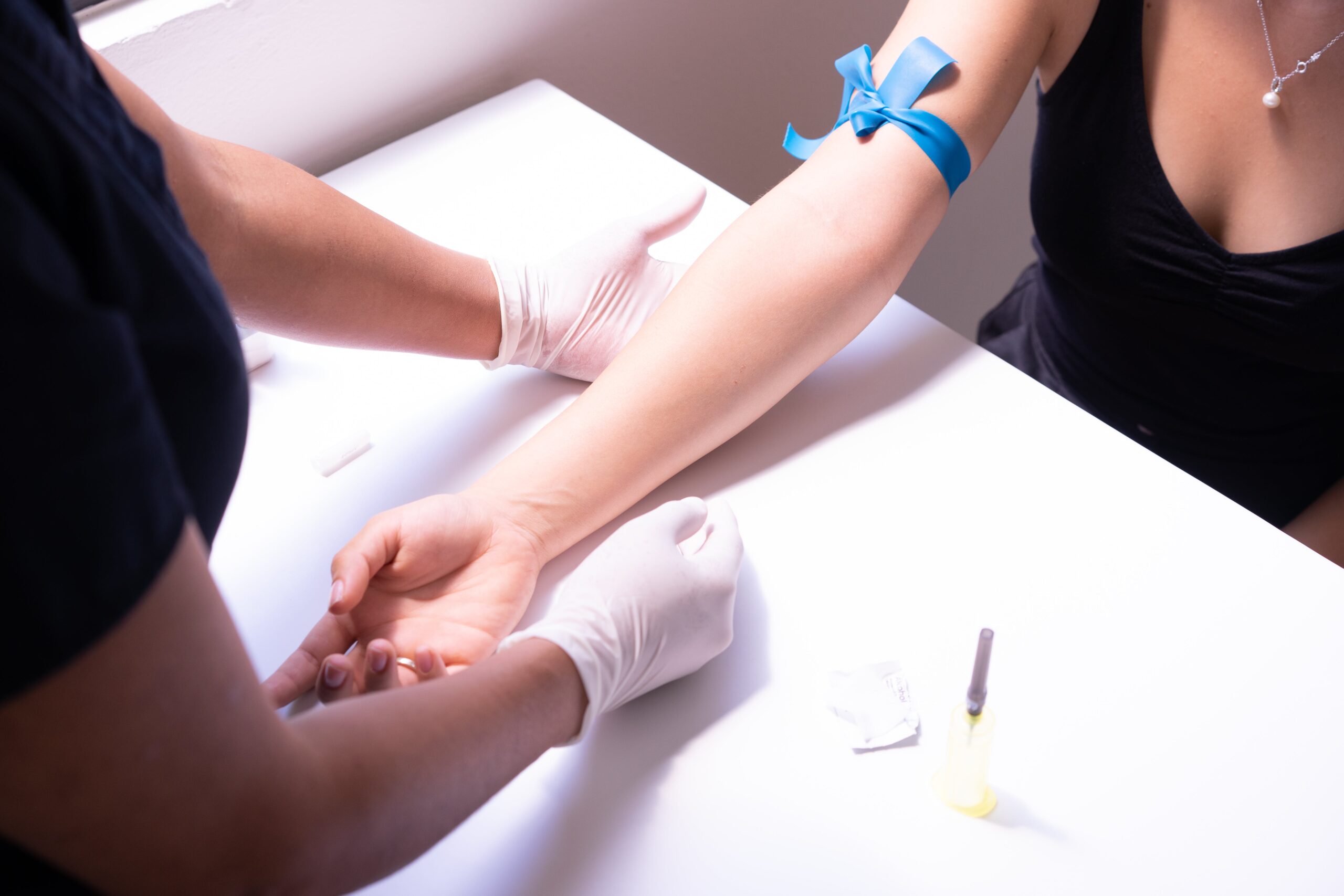6 Simple Techniques For Northeast Medical Institute - New Haven Campus Phlebotomy Course & Cna Class
6 Simple Techniques For Northeast Medical Institute - New Haven Campus Phlebotomy Course & Cna Class
Blog Article
The Only Guide for Northeast Medical Institute - New Haven Campus Phlebotomy Course & Cna Class
Table of ContentsOur Northeast Medical Institute - New Haven Campus Phlebotomy Course & Cna Class PDFsThe Best Strategy To Use For Northeast Medical Institute - New Haven Campus Phlebotomy Course & Cna ClassGetting My Northeast Medical Institute - New Haven Campus Phlebotomy Course & Cna Class To WorkTop Guidelines Of Northeast Medical Institute - New Haven Campus Phlebotomy Course & Cna ClassNortheast Medical Institute - New Haven Campus Phlebotomy Course & Cna Class for DummiesMore About Northeast Medical Institute - New Haven Campus Phlebotomy Course & Cna Class
The usage of such devices should be come with by various other infection prevention and control practices, and training in their usage. Not all security gadgets apply to phlebotomy. Before selecting a safety-engineered tool, customers must completely investigate readily available tools to identify their suitable use, compatibility with existing phlebotomy techniques, and efficacy in securing personnel and individuals (12, 33).For setups with low resources, expense is a driving consider purchase of safety-engineered tools - PCT Classes. Where safety-engineered tools are not offered, proficient use of a needle and syringe serves. Unexpected exposure and details details concerning an occurrence should be recorded in a register. Support solutions should be promoted for those who go through unexpected exposure.
In the blood-sampling space for an outpatient department or center, offer a comfortable reclining couch with an arm rest.
The Definitive Guide to Northeast Medical Institute - New Haven Campus Phlebotomy Course & Cna Class
Guarantee that the signs for blood tasting are clearly specified, either in a written protocol or in documented instructions (e.g. in a lab type). Whatsoever times, adhere to the approaches for infection prevention and control listed in Table 2.2. Infection avoidance and control methods. Collect all the equipment required for the treatment and place it within risk-free and easy reach on a tray or trolley, making certain that all the items are clearly noticeable.
Present yourself to the individual, and ask the person to specify their full name. Check that the research laboratory kind matches the client's identity (i.e. match the client's details with the research laboratory kind, to make sure exact recognition).
Make the individual comfy in a supine placement (if possible). Place a tidy paper or towel under the person's arm. Discuss the examination to be performed (see Annex F) and obtain verbal authorization. The individual has a right to refuse a test any time prior to the blood sampling, so it is essential to guarantee that the individual has actually recognized the procedure.
The smart Trick of Northeast Medical Institute - New Haven Campus Phlebotomy Course & Cna Class That Nobody is Discussing
Expand the person's arm and evaluate the antecubital fossa or forearm. Find a vein of an excellent size that is visible, straight and clear. The layout in Section 2.3, shows usual positions of the vessels, but several variations are possible. The mean cubital blood vessel lies between muscular tissues and is normally one of the most simple to puncture.
DO NOT put the needle where veins are drawing away, due to the fact that this increases the possibility of a haematoma. The capillary needs to show up without applying the tourniquet. Locating the vein will certainly aid in determining the appropriate dimension of needle. Use the tourniquet regarding 45 finger sizes over the venepuncture website and re-examine the blood vessel.
Samplings from central lines carry a threat of contamination or wrong lab examination results. It is acceptable, however not perfect, to attract blood samplings when first presenting an in-dwelling venous tool, prior to connecting the cannula to the intravenous liquids.
The Only Guide to Northeast Medical Institute - New Haven Campus Phlebotomy Course & Cna Class
Allow the location to dry. Failure to enable sufficient get in touch with time raises the risk of contamination. DO NOT touch the cleansed website; particularly, DO NOT position a finger over the capillary to lead the shaft of the exposed needle. It the website is touched, repeat the disinfection. Carry out venepuncture as complies with.
Ask the client to create a hand see so the blood vessels are more noticeable. Get in the blood vessel quickly at a 30 degree angle or much less, and remain to present the needle along the capillary at the simplest angle of access - CNA Classes. As soon as adequate blood has actually been accumulated, launch the tourniquet prior to taking out the needle
Unknown Facts About Northeast Medical Institute - New Haven Campus Phlebotomy Course & Cna Class
Take out the needle gently and use mild stress to the website with a tidy gauze or completely dry cotton-wool ball. Ask the patient to hold the gauze or cotton wool in area, with the arm prolonged and increased. Ask the patient NOT to bend the arm, due to the fact that doing so creates a haematoma.

The Buzz on Northeast Medical Institute - New Haven Campus Phlebotomy Course & Cna Class
Do not press the syringe bettor due to the fact that additional stress raises the danger of haemolysis. Where feasible, maintain televisions in a rack and move the rack in the direction of you. Infuse downwards into the proper coloured stopper. DO NOT remove the stopper because it will release the vacuum. If the example tube does not have a rubber stopper, infuse extremely gradually into television as lessening the stress and velocity utilized to move the sampling lowers the danger of haemolysis.

Report this page